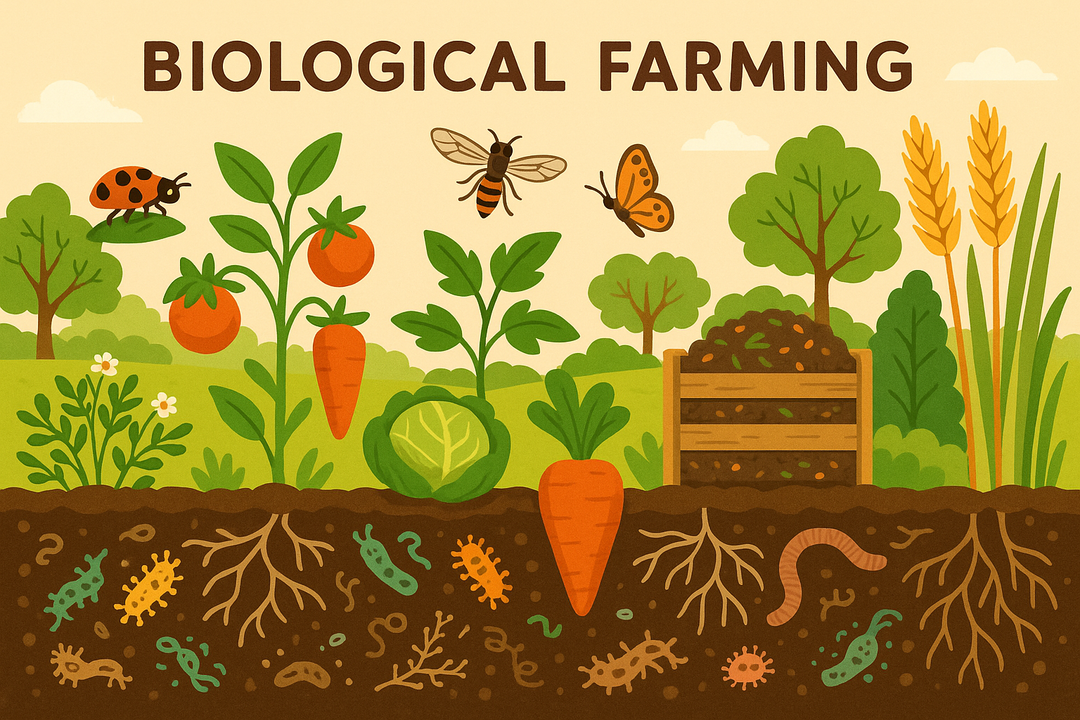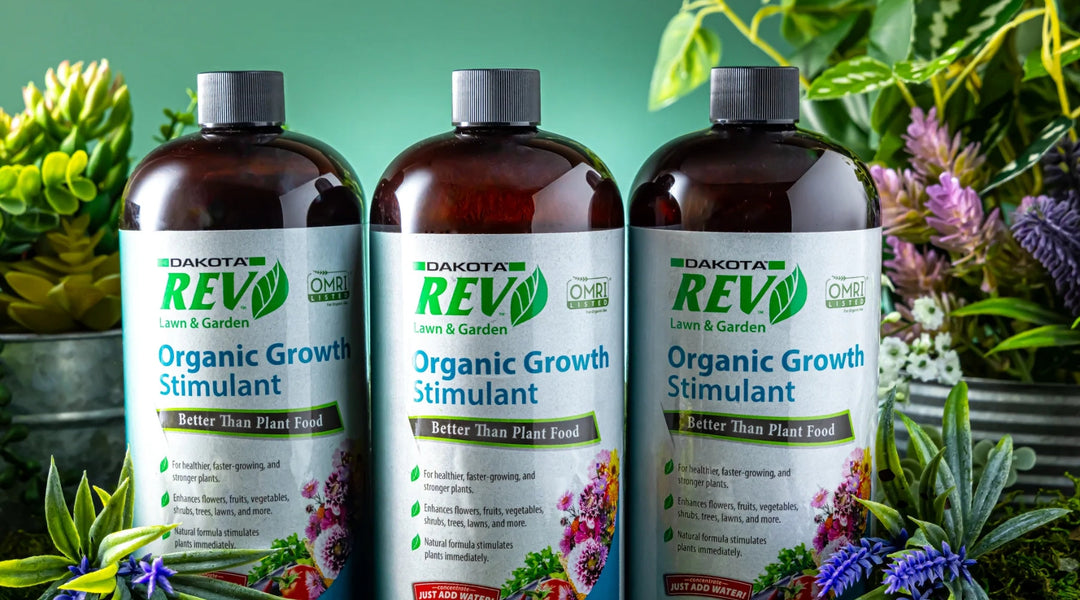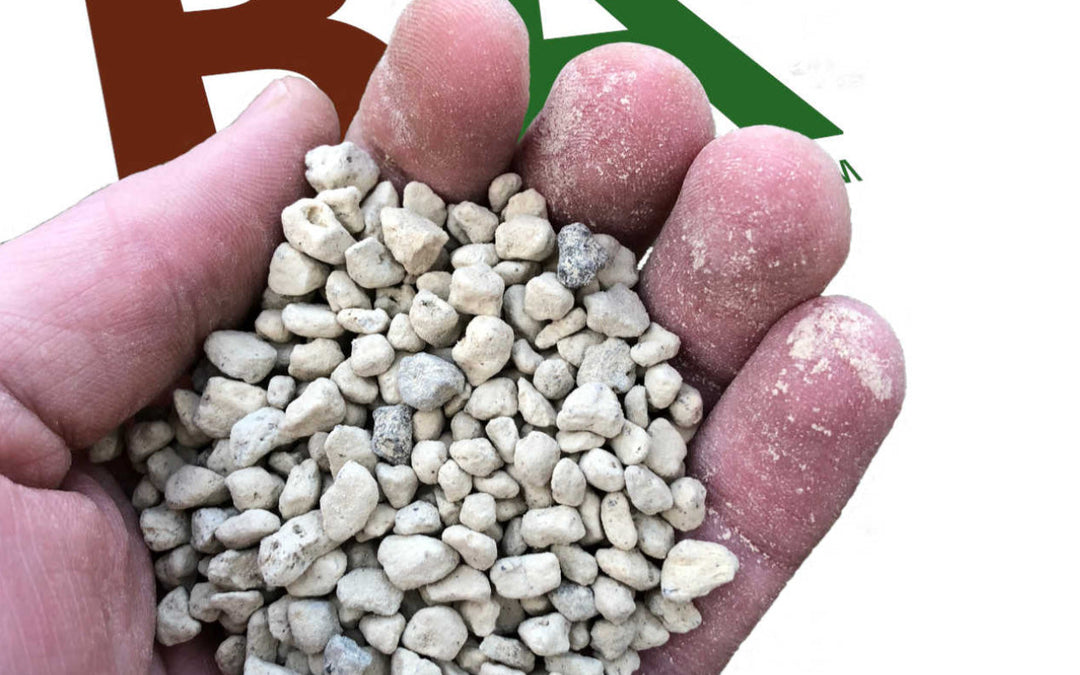Microgreens Made Easy
Picture it: a crisp, vibrant salad or a wholesome sandwich stacked with tasty ingredients that not only satisfy your hunger but take your entrée to new heights. Tiny, lush microgreens are the star of this culinary show. Microgreens are simply vegetables that are harvested when they first sprout instead of being grown until they’re mature. Also called sprouting seeds, these mini marvels may be little, but they pack quite a big punch with nutrition, taste, and even cost savings for your family.
Sprouting microgreens is very easy and can add a burst of flavor, texture, and nutrients to your diet. When you think about growing anything, you may think of the spring and summer seasons, with warm sunlight and gentle rain showers to keep your crops robust and healthy. You might be surprised to learn that you can grow sprouting seeds during even the coldest winters, ensuring you have the magic of microgreens available all year long.
Why are Microgreens Beneficial?
Microgreens are beneficial because they are not only delicious, but they are nutritional powerhouses that offer tons of vitamins and minerals. Microgreens contain more nutrients than the mature version of the same plant. Whether it’s vitamin C, vitamin K, or essential minerals like iron and potassium, sprouting seeds offer a potent dose in every bite. They are also rich in antioxidants, which protect you from free radicals and can help ward off disease.
Incorporating these tasty mini plants into your diet can contribute significantly to meeting your daily nutritional needs, which fall behind for many people during the winter. Without an abundance of fresh fruits and vegetables at every farmer’s market and corner vegetable stand, it’s easy to slack on the nutrient-dense foods you need to thrive. However, eating properly and incorporating things like microgreens into your winter diet can bolster nutrition and give you the fresh taste you crave.
Another benefit of sprouting is that since their life cycle is so short, they are much easier to care for than plants grown to their full maturity. Pesky bugs, drought, and common plant diseases, like tomato rot or mildew, are generally avoided in the controlled microgreen-growing environment.
What Types of Microgreens Can I Grow?
Fortunately, almost any vegetable can be utilized as microgreens if harvested at the correct time. Since sprouting seeds are just regular vegetable varietals, you can take all of your favorite plants and try them as microgreens. If it doesn’t turn out to be your favorite, you can simply let them mature longer and harvest them at their baby green or even their full-grown stage.
Some common sprouting seeds that many people enjoy are:
- Broccoli sprouting seeds
- Radish sprouting seeds
- Mung bean microgreens
There are dozens more options for microgreens, including unique salad mixes and Protein Powerhouse Sprouting Seeds. Fortunately, the growing process is very similar no matter what type you want to try. Just gather a few things, and, before you know it, you’ll be harvesting your indoor garden and adding a burst of life to your winter meals.
Growing Microgreens Indoors
Starting your tiny microgreen garden at home is simple enough that even novice growers can succeed and fun enough that even the pros will want to. The supplies needed for sprouting seeds are very affordable, and you don’t need too much to get started.
The basic items you will need for growing are:
- Seeds
- Growing medium
- Containers
- Watering source
- Light
While you can use household items, there are also complete seed sprouting kits that have everything you need. Once you have gathered your supplies, the process is foolproof. In just a few short days, you’ll see exciting signs of growth.
Soaking and Sprouting Seeds
The first thing you’ll want to do is soak seeds to kickstart the germination process. Moisture is essential to starting the process of opening the seeds, so it’s important to make sure your seeds are completely covered with water during this time. A Mason Jar is the perfect container that you likely already have sitting around. Many people choose to leave seeds soaking overnight, but between four and twenty-four hours should be just fine.
Next, you’ll need to drain your seeds. For Mason Jars, we recommend a sprouting lid, which will help you drain seeds without losing a single one. Even the littlest microgreens are too precious to waste! Next, place your seeds on a growing medium. This can be as simple as a paper towel, or you can use products specifically made for sprouting seeds.
If you haven’t already, you’ll start to see the beginnings of the germination process, with your seeds bursting open with tiny signs of life. For the next few days, it’s important for your seeds to get plenty of sunlight and stay relatively moist. We recommend a spray bottle to mist your seeds without oversaturating them with water.
Harvesting Microgreens
After a few more days to a week or two, you’ll start to see more growth and quick development. To harvest at the optimal time, clip your microgreens at the stem just as the first real leaves appear. This is when they are most tender and pack the best nutritional punch. The entire process should take around two to three weeks, and after a quick, gentle wash, your microgreens are ready to eat.
Common Troubleshooting for Sprouting Seeds
Growing your own microgreens indoors during the winter should be a straightforward process, but that doesn’t mean it comes without challenges. Since the plants need to stay relatively moist, mold can be a common problem for beginners. Make sure that your growing medium allows for proper drainage and air circulation so that your seedlings don’t sit in the same stagnant water for too long.
Additionally, sprouting seeds in the winter still requires warm temperatures. While natural sunlight is best, avoid keeping your plants outdoors in cold temperatures. Instead, utilizing the sunlight in a windowsill can provide all the rays your microgreens need. Make sure to rotate your plants so each part gets adequate sunlight, or use a growing light if there aren’t any good winter sunshine options available.
Your Winter Microgreen Garden
Whether you’re into growing something new to try, like alfalfa sprouting seeds, or sampling your favorite veggies in their microgreen state, growing these mighty miniature plants is simple, affordable, and greatly beneficial. As the weather grows colder, prioritize your health and well-being by growing your own little microgreen garden from the comfort of your home.












Leave a comment